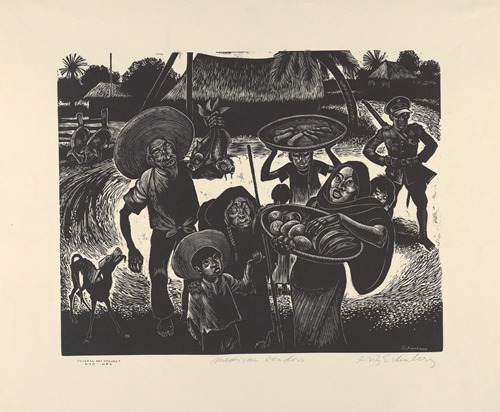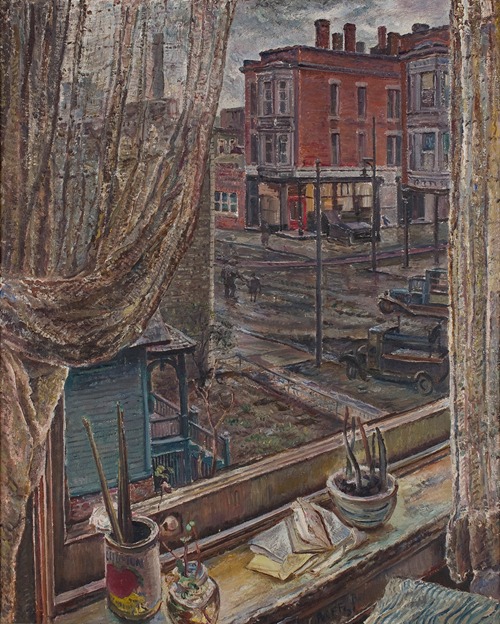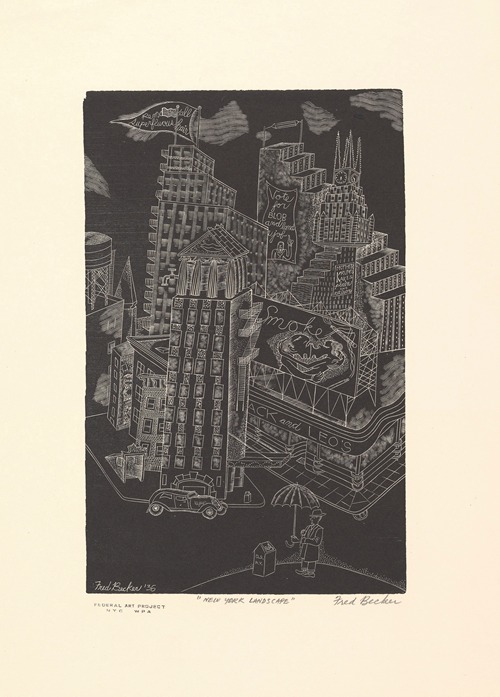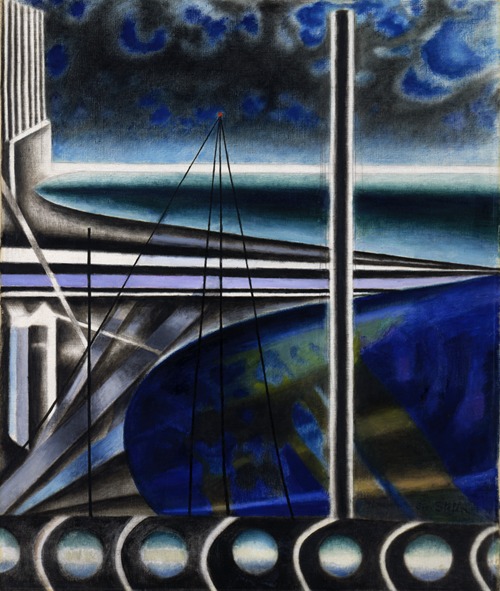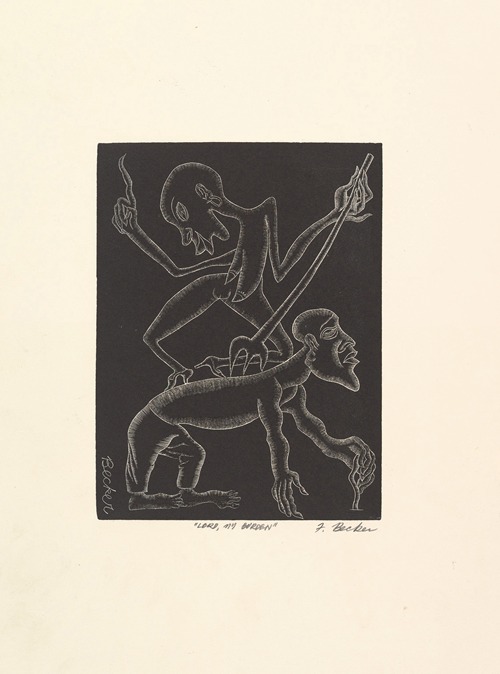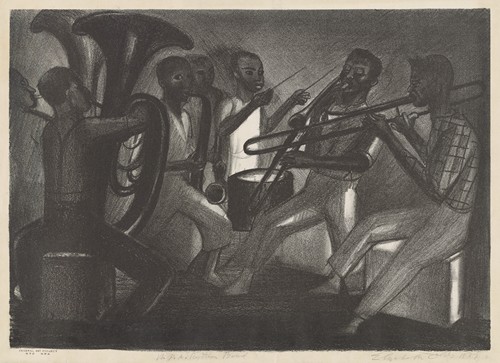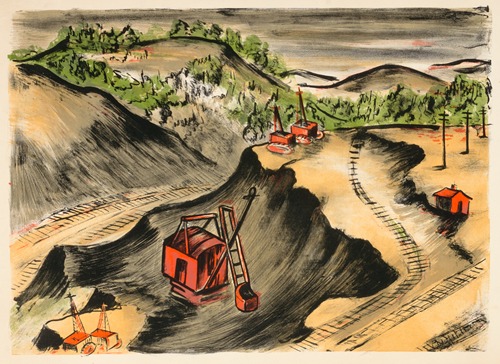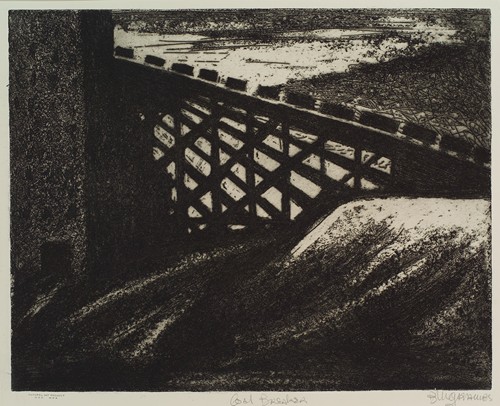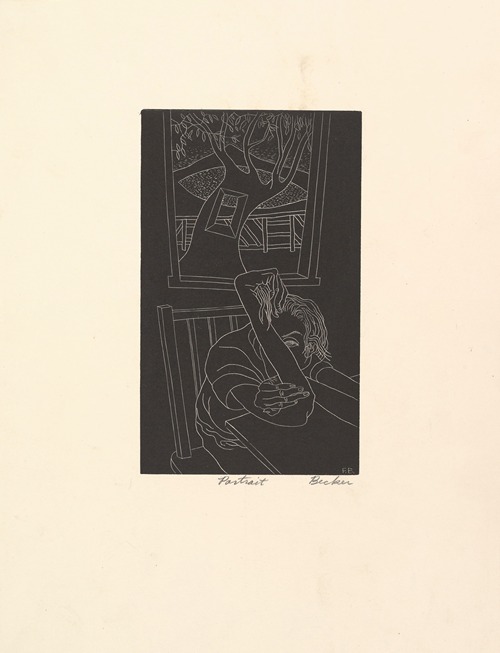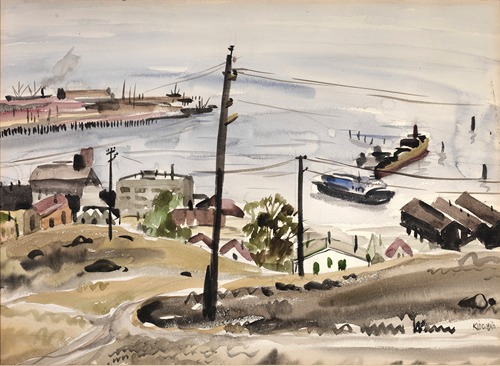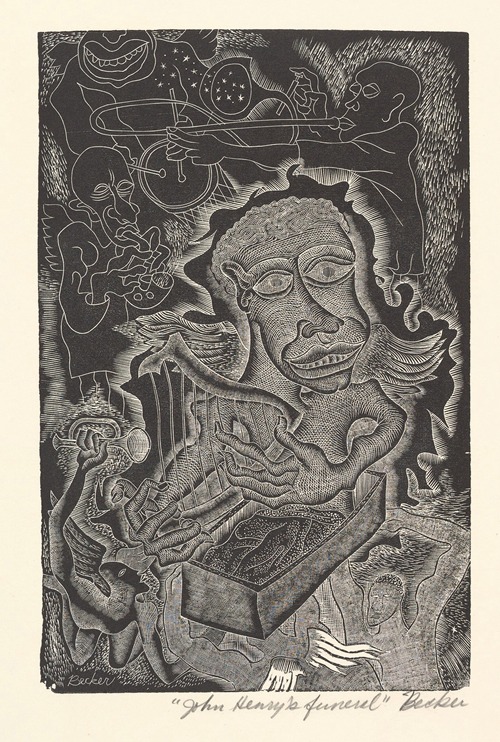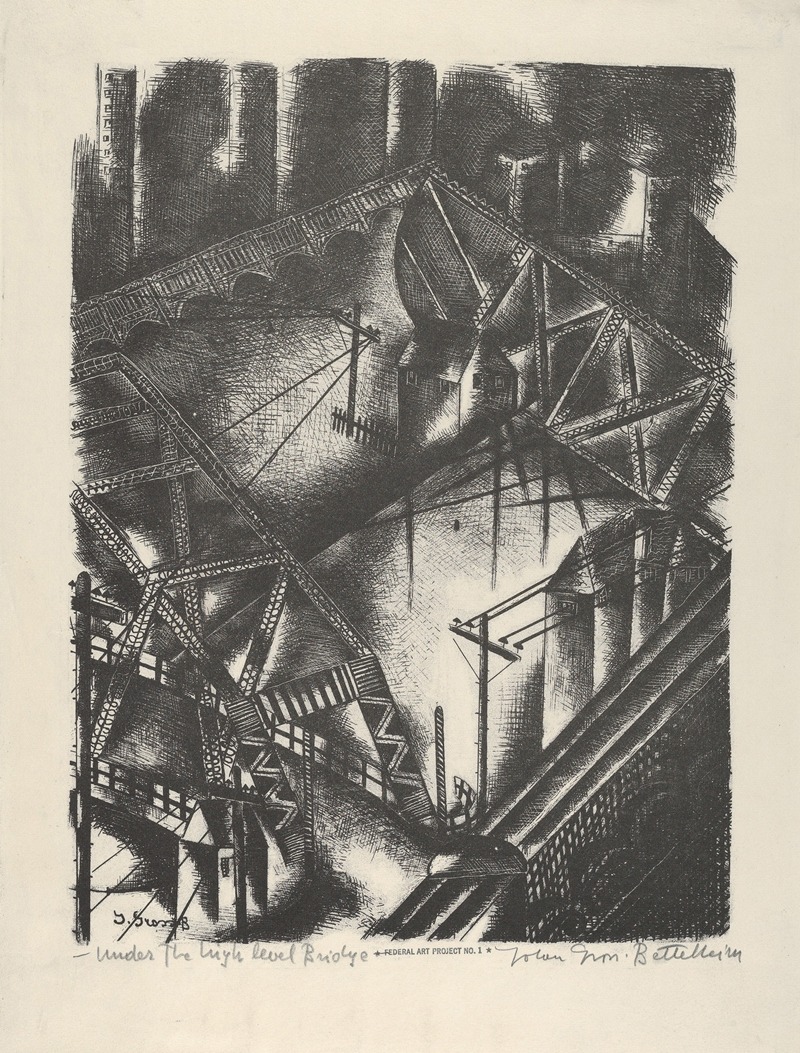

Jolán Gross-Bettelheim was a Hungarian artist who lived and worked in the United States from 1925 to 1956, before returning to Hungary.
Gross-Bettelheim was born on January 28, 1900, in Nitra, Slovakia then Hungary, but lived in the United States from 1925-1956. She studied painting at the Budapest School of Fine Art in 1919, followed by studies at the Kunstgewerbeschule in Vienna and the Akademie der Bildenden Künst in Berlin. Gross-Bettelheim then studied in Paris at the Académie de Grande Chaumière between 1922-24. She married a Hungarian-born radiologist, Frigyes Bettelheim, and settled in Cleveland by 1925. Her studies in Ohio commenced at the Cleveland School of Art with modernist painter Henry Keller. She and her husband relocated to New York City in 1938. As a communist, Gross-Bettelheim was a member of the John Reed Club, as well as the American Artists’ Congress. She contributed to leftist publications such as New Masses and the Daily Worker.
Gross-Bettelheim worked in Cleveland at a time when printmaking was flourishing. It was a time when lithography was seen as a viable art form, rather than being limited to commercial use. Interest in printmaking was bolstered by art organizations that were founded in the 1920s. And the Cleveland Print Makers (CPM) was formed in 1930 by artist and teacher Kálmán Kubinyi. It engaged in numerous activities to expand exposure for Cleveland printmakers, with the goal of increasing the sales of their works. Its most ambitious activity was the Print Mart or Market during which artists opened a gallery to sell works to the general public. The Print Market featured America Today in November 1936, an exhibition that was held in thirty U.S. cities simultaneously. The show included 100 prints created by artists from the American Artists' Congress, including Gross-Bettelheim. Gross-Bettelheim also was commissioned to create a print for the CPM’s Print-a-Month series, a subscription for one print per month by Cleveland and some nonresident artists.
The Works Progress Administration (WPA) Federal Art Project (FAP) had a graphic arts division of which printmaking was a part. A graphic arts workshop was set up in Cleveland as a part of the WPA, operating officially as Graphic Arts Project No. 8048 from December 1935 to 1943, being most productive in 1936-37. Gross-Bettelheim produced prints for the WPA graphics workshop, as well. The American Institute of Graphic Arts (AIGA) sponsored a traveling exhibition, Fifty Prints of the Year, which included work by Gross-Bettelheim.
She returned to Hungary after 1956, and died in Budapest on July 29, 1972.
